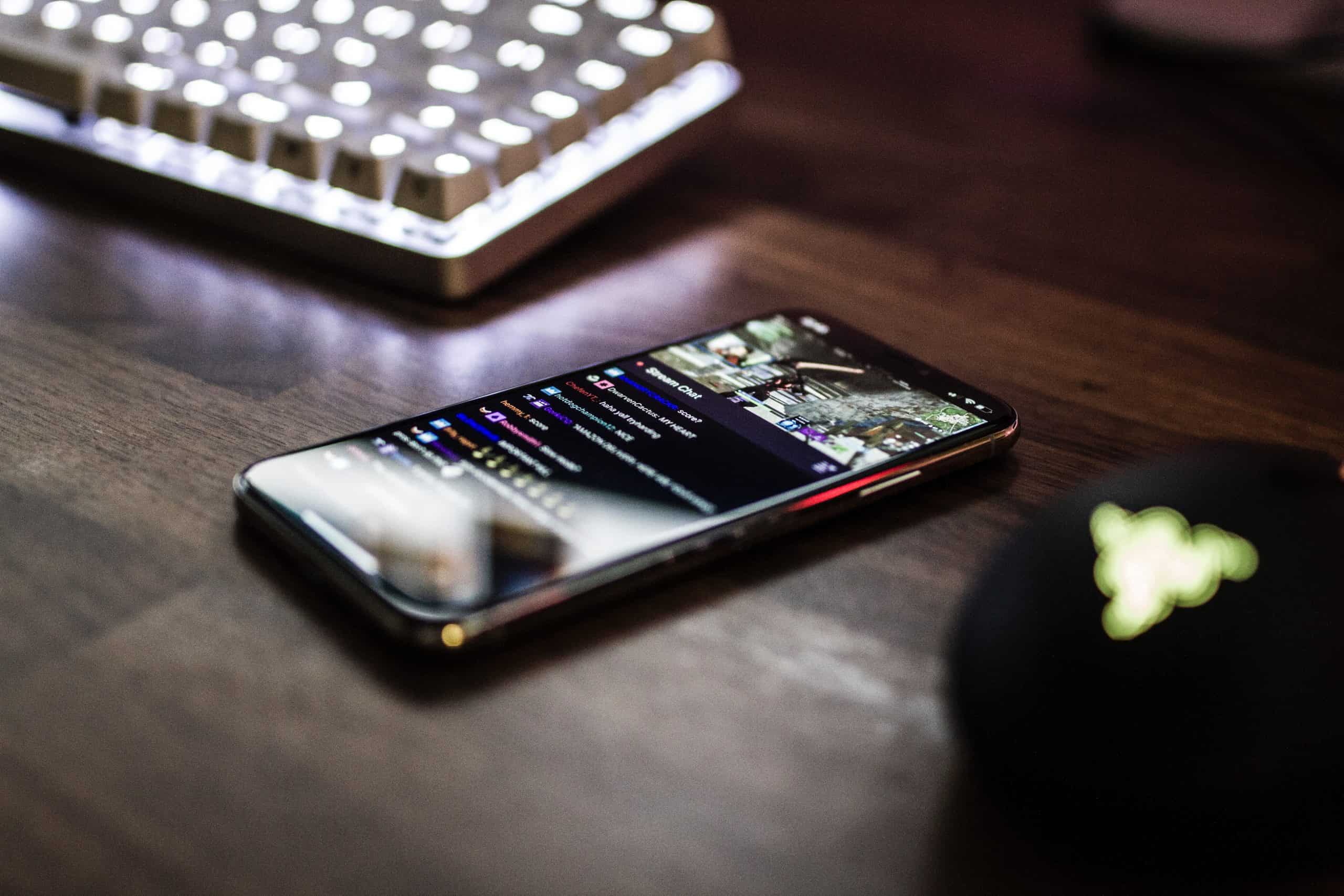In the digitally driven landscape of the 21st century, our ways of communication and content consumption have transformed significantly. The advent of live streaming is a revolutionary turn in this era, shaping our world into a live, interactive cosmos of connectivity. But what exactly is live streaming, and how does it work? Let’s delve deeper into this fascinating realm.

TL;DR: Live streaming is the real-time broadcasting of video content over the internet. As the streaming occurs, viewers can engage and interact with the content, making it a dynamic, interactive experience. It’s changing the way we consume content, enabling us to partake in events and experiences from any corner of the globe.
Scroll down to get a detailed answer
Table of Contents
Unraveling the Concept: What Is Live Streaming?
Live streaming is the process of delivering content over the internet in real-time. Unlike pre-recorded videos that can be edited, paused, and replayed, live streaming is akin to live television broadcasts. It brings an element of immediacy and interaction, breaking the barriers of time and space.
For a comprehensive understanding, let’s break it down:
- Immediacy: The event is broadcasted in real-time, meaning viewers watch the content as it unfolds. This offers a sense of immediacy and authenticity, making the experience more engaging and appealing.
- Interactivity: Many live streaming platforms allow viewers to comment, react, or even participate in the live stream. This interaction amplifies the viewer’s experience, making them feel part of the event.
- Accessibility: Live streaming can be accessed from anywhere in the world, as long as you have an internet connection. This global reach is what makes live streaming such a powerful tool for content creators and businesses alike.
Behind the Scenes: How Does Live Streaming Work?
Live streaming involves a series of intricate processes, from capturing the content to delivering it to the end-users. Here are the essential steps:
- Capture: The content to be live-streamed is recorded using a camera. This could be anything from a major sports event to a simple live chat.
- Encode: The raw video data captured by the camera is then encoded into a digital format. This is necessary because raw video data requires a massive amount of bandwidth to transmit.
- Broadcast: The encoded video data is then sent to a streaming server, which broadcasts the live stream over the internet.
- Playback: The video data is decoded and played back on the viewer’s device, enabling them to watch the live stream in real-time.
Remember, this process happens almost instantaneously to maintain the real-time aspect of live streaming.
Harnessing Live Streaming: Practical Examples
Live streaming can be seen in various scenarios, enriching experiences across different domains. For instance:
- Entertainment: Music concerts, sports events, and award shows are often live-streamed to reach a global audience. Platforms like Twitch have revolutionized the gaming industry by enabling live streaming of gameplay.
- Education: Educational institutions and teachers use live streaming for remote learning, webinars, and online workshops. This has proved especially beneficial in times of the COVID-19 pandemic.
- Business: Businesses use live streaming for product launches, virtual tours, webinars, and Q&As, enabling them to engage with customers on a more personal level.
Live Streaming Versus Broadcasting: The Key Differences
The terms live streaming and broadcasting are often used interchangeably, but there are key differences between them. Broadcasting refers to the traditional method of transmitting content, like television or radio broadcasts, where viewers or listeners need specific equipment to access the content. On the other hand, live streaming refers to broadcasting content over the internet, accessible through various devices like smartphones, tablets, or computers.
Moreover, live streaming offers interactivity, allowing viewers to engage with the stream in real-time, a feature typically absent in traditional broadcasting.
Conclusion
Live streaming is a transformative force in the world of digital media, offering immediacy, interactivity, and unparalleled accessibility. As technology continues to advance, live streaming is set to evolve and offer even more immersive and engaging experiences.
FAQ
What is live streaming and how does it work?
Live streaming is the real-time broadcasting of video content over the internet. It works by capturing, encoding, and broadcasting the content to a streaming server, which then transmits it to viewers’ devices where it is decoded and played back in real-time.
What is the meaning of streaming live?
Streaming live refers to transmitting or receiving video or audio content continuously over the internet as it happens, without needing to download the entire file before playback. This enables viewers to watch or listen to the content in real-time.
What is an example of live streaming?
An example of live streaming is a concert being broadcasted over the internet in real-time. Viewers from anywhere in the world can watch the concert as it unfolds and even interact with the stream through features like comments or reactions.
What is the difference between live streaming and broadcasting?
Broadcasting is the traditional method of transmitting content, like television or radio, where specific equipment is needed to access the content. Live streaming, on the other hand, broadcasts content over the internet, accessible on various devices. Also, live streaming offers real-time viewer interaction, a feature usually absent in traditional broadcasting.


